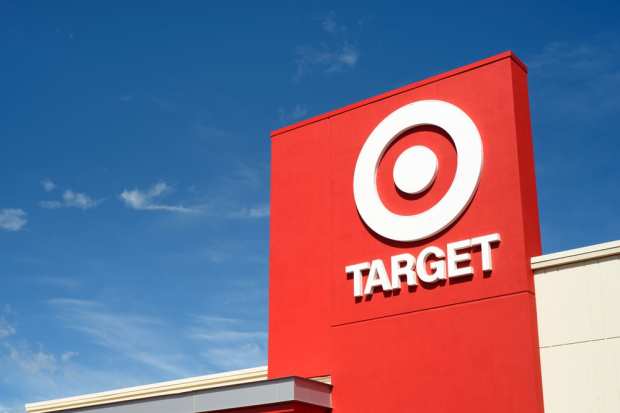Target CEO Says Flexibility Is Key To Digital Shift

In October 2017, then relatively new Target CEO Brian Cornell announced a decision that even by his own estimation caused some head-scratching. In spite of the burgeoning growth in eCommerce and the runaway growth of Amazon, he was focused on brick-and-mortar stores. In fact, he committed to opening new stores and redesigning old ones to the point where 1,100 of its roughly 1,800 stores were refitted. Then in the pre-pandemic days of last December, he doubled down on that decision. The new and refurbished Target stores, he said, would intersect with the digital shift by serving as fulfillment centers.
“I would say 99.9 percent were shaking their heads,” Cornell told an NRF (National Retail Federation) webinar on Thursday. “They didn’t understand an environment where many were closing stores were building big upstream distribution centers, why we at Target invest in our stores, put capital into remodeling, opened up new stores when others were closing. And how were we going to meet the needs of digital fulfillment? By using our stores. As I sit here today, I think we’ve changed many minds.”
The numbers say Cornell is right on. As consumers continue their shift toward Digital 3.0, Target has found itself perfectly positioned for the in-store essential goods that kept consumers shopping (and even hoarding) during the pandemic. And it has been able to capture more than its share of eCommerce. Its most recent earnings report showed same-store sales grew by 10.8 percent in the first quarter over 2019 while digital sales surged by 141 percent. On the NRF webinar, Cornell had some even more dramatic numbers. Since the pandemic took hold in mid-March more than 5 million net new customers visited Target.com. And during the same time period more than 2 million customers used Target drive-up windows to take advantage of its order online/pickup services.
Cornell sees several major consumer shifts happening as a result of the pandemic outside of the digital shift. He sees a greater focus on in-store safety and aims to make Target America’s easiest and safest place to shop. Much of that will be supported by a continued commitment to contact-free shopping and contactless payments. He also believes consumers are looking to consolidate the places they shop, which bodes well for him but not necessarily the small and medium sized businesses (SMBs) that he has advocated for in his role in the NRF.
“And trust,” he says. “I think, as I look at our recent success and certainly the response we saw from America during the pandemic, trust is going to be really important for all of us, and making sure we’re building trust with the consumer and in Target’s case trust with the guests we serve. I think that trustworthiness is going to be a really important area of focus for successful retailers, for the years to come.”
He also addressed an issue very few retail CEOs have been willing to address so far: the holiday buying season.
“We’re taking a very different approach,” he said. “We’ve got to place some bets where we can have confidence [and] we’ve got to be willing to adjust along the way. You know, I’ll take you inside of our boardroom … I had a virtual shareholder meeting last week, and a virtual board meeting. And when I wrapped up our board meeting, I talked to our directors and I explained to them that under normal circumstances, all of us operate and have operated for most of our careers in an environment where our long-range plan is a three-year horizon, a four-year horizon and maybe even a five-year horizon. I said right now, under these circumstances, my LRP horizon at Target is likely the next four weeks.”
However, Cornell said he expects life as Target knows it to go on. He’s looking forward to Father’s Day, back-to-school season, and eventually the holiday season. The key to celebrating them, from his perspective as the CEO of Target, is flexibility.
